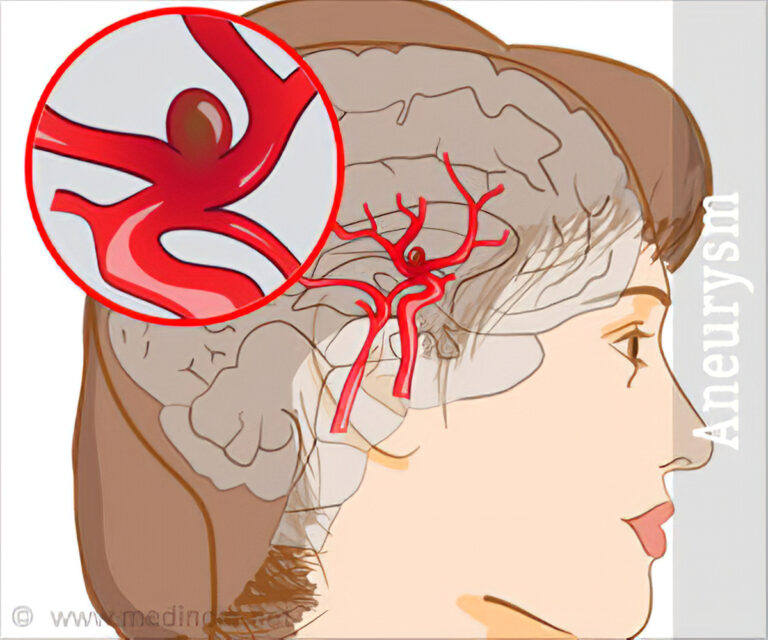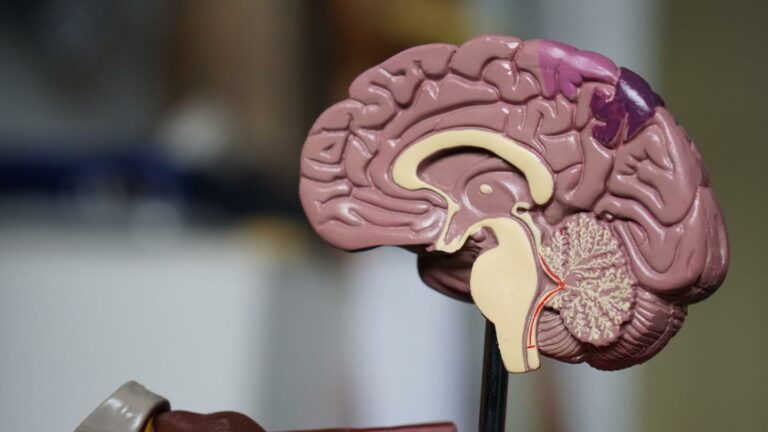Neurological Disorder: Types and Causes
Author: Shiela Lupiba
Shiela Lupiba
Category: Health
Tags: health, neurological, disorder, brain

What is Neurological Disorder?
A neurological disorder is any medical condition that affects the nervous system, includes the brain, spinal cord, and other nerves. Also, a neurological disorder can cause by issues with the structure or function of any part of the nervous system.
Types
There are over 600 neurological disorders, according to research from the University of California’s Irvine Institute for Memory Impairments and Neurological Disorders. According to the World Health Organization, various disorders affect hundreds of millions of people worldwide.
Here are a few examples of different types of neurological disorders:
- Epilepsy
Epilepsy is known as a seizure disorder, is a type of brain disorder. Also, when a person has two or more seizures, they are diagnosed with epilepsy. Moreover, a seizure is a brief disruption in normal brain activity. Seizures are the most common symptom of epilepsy.
- Alzheimer's Disease
Alzheimer’s disease is a brain disorder in which the death of the brain cells slowly destroys memory and thinking skills and, eventually, the ability to carry out the simplest tasks.
- Migraines
A migraine is a common brain disorder that causes a number of symptoms, the most noticeable of which is a throbbing, pulsing headache on one side of your head. Also, physical activity, lights, sounds, or smells are all likely to aggravate your migraine. In addition, it could last for at least four hours, and possibly even days.
- Strokes
Another type is stroke and it happens when the blood supply to a part of your brain is cut off or reduces, preventing brain tissue from receiving oxygen and nutrients. Within minutes, brain cells begin to die.
- Parkinson's Disease
Parkinson’s disease is a disorder that affects movement. Symptoms appear gradually, sometimes beginning with a barely perceptible tremor in only one hand. Tremors are common, but the disorder associates with stiffness or slowing of movement.
- Cerebral Palsy
Cerebral palsy (CP) is a group of disorders that impair a person’s ability to move, balance and maintain posture. The most common motor disability in childhood is cerebral palsy. Also, it refers to having something to do with the brain. Palsy refers to muscle weakness or difficulty using the muscle
Causes
Infections, injuries, and environmental factors are all potential causes of these disorders. Most neurological disorders caused by gene changes affect people early in life, usually in childhood and sometimes as early as birth.
Here are the examples of what causes neurological disorders:
- Lifestyle-related causes
High sugar diets, alcohol and tobacco addiction, or high-fat diets, as well as some intrinsic factors such as aging, neuroinflammation, brain injury, and oxidative stress, all have a negative impact on the onset, severity, and duration of neurodegenerative diseases.
- Infections
The most common neurological infections are Encephalitis, an inflammation of the brain causes by either bacteria or viruses. Also, meningitis, an inflammation of the membranes that cover the brain and spinal cord and causes by either bacteria or a virus.
- Genetics
A genetic brain disorder causes by a variation or a mutation in a gene. A variation is a different form of a gene. A mutation is a change in a gene. Also, Genetic brain disorders affect the development and function of the brain.
- Nutrition-related causes
Some nutritional factors involved in the pathogenesis of neurological diseases. Diet can favor atherosclerosis and neurological ischaemic disease. Moreover, High saturated fat and salt intake and low fruit and vegetable diet have been related to a higher risk for stroke.
In addition, these conditions come in a variety of shapes and sizes, and they can affect people of all ages and health levels. However, to better understand how any given neurological condition can affect an individual’s life, it is necessary to first gain a better understanding of the most common disorders that affect people.













